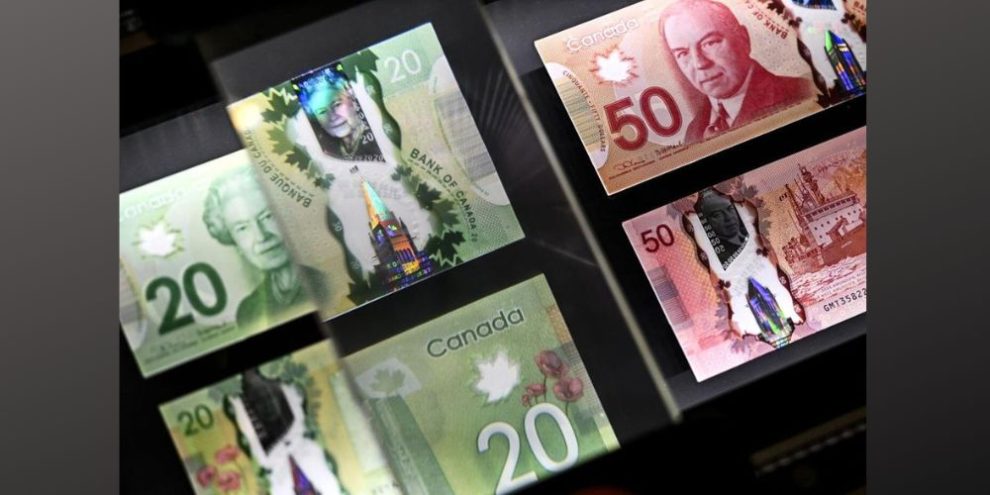
A new survey from the Bank of Canada shows Canadians are keeping more cash in their wallets in an increasingly digital world.
The central bank said Thursday that its 2024 survey on payment methods shows Canadians kept an average of $156 in cash on hand, $16 more than in 2023.
Adjusted for inflation, the Bank of Canada said the value of cash on hand has been "quite stable" since 2017 despite small variations over the COVID-19 pandemic.
The survey showed customers are using ATMs and bank branches more often, however, and also taking more cash out per withdrawal.
Broken down by age group, those 55 and older were most likely to have cash on their person at 86.8 per cent, more than 10 percentage points higher than other demographics.
But it was the youngest surveyed cohort, those aged 18 to 34, who held the most in their wallets on average at $206.
The Bank of Canada said those in the lowest income bracket tended to hold the least amount of cash, but were most likely to pay via cash.
The survey of more than 4,000 individuals, done in partnership with Ipsos from mid-October to mid-November last year, included a selection of respondents logging their regular purchases over a number of days.
Those surveyed suggest they were making roughly one in five purchases with cash.
While the use of cash was on a steady decline heading into the COVID-19 pandemic, the Bank of Canada said those figures have been resilient over recent years.
That marks a deviation from other nations, such as the United States, which Bank of Canada researchers pointed out has seen continued annual declines in the use of cash.
The Bank of Canada said it expects 79 per cent of Canadians had no plans to go cashless in 2024, while eight per cent said they would eventually do so and 13 per cent said they were already cash-free. Those figures were steady from 2022 and 2023.
Credit cards, meanwhile, continue to top the list of the most-used payment methods with 46 per cent of purchase volumes. Debit cards follow at 23 per cent.
Mobile payments — any purchase made via a smartphone app, including those linked to a credit card — are meanwhile gaining traction.
Mobile transactions accounted for almost five per cent of purchases in 2024, up a couple of percentage points from a year earlier.
If those trends keep pace, the Bank of Canada suggested that preferences among younger consumers might shift towards holding digital wallets rather than physical ones, which could in turn drive down demand for cash.
The central bank said it studies how Canadians' cash behaviours and preferences inform its role managing payment systems in the country.





